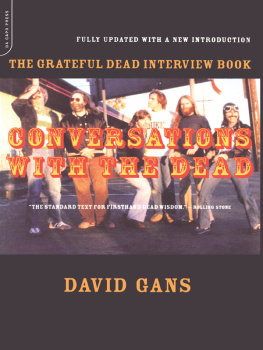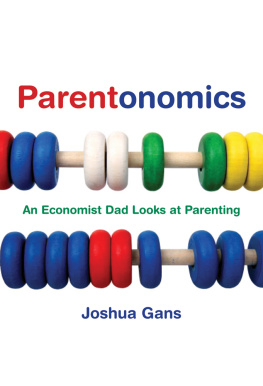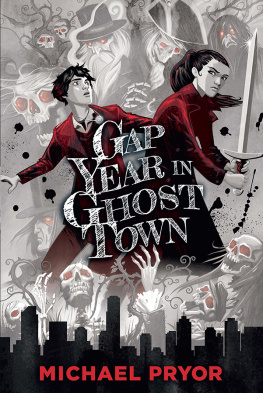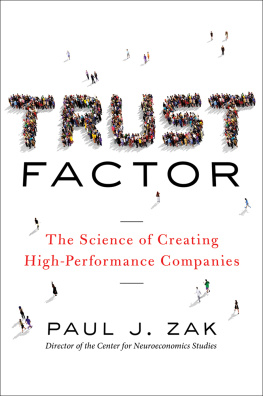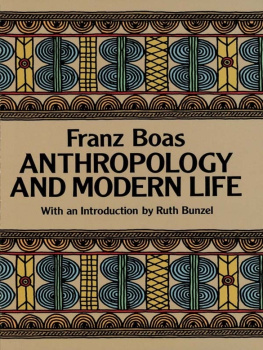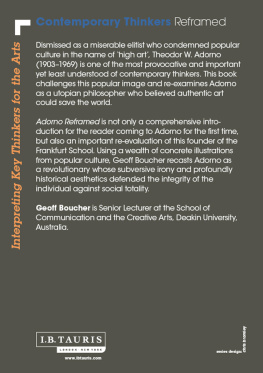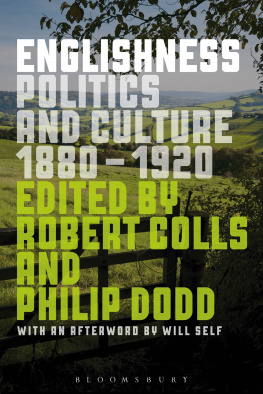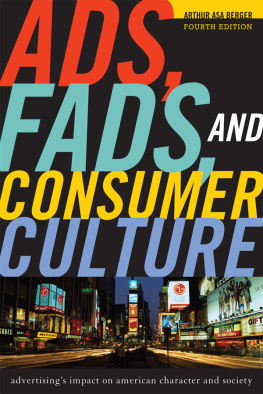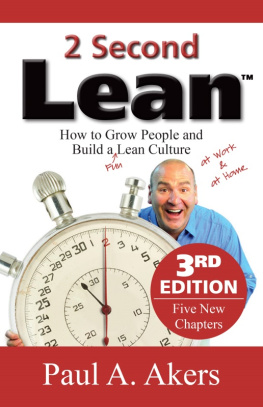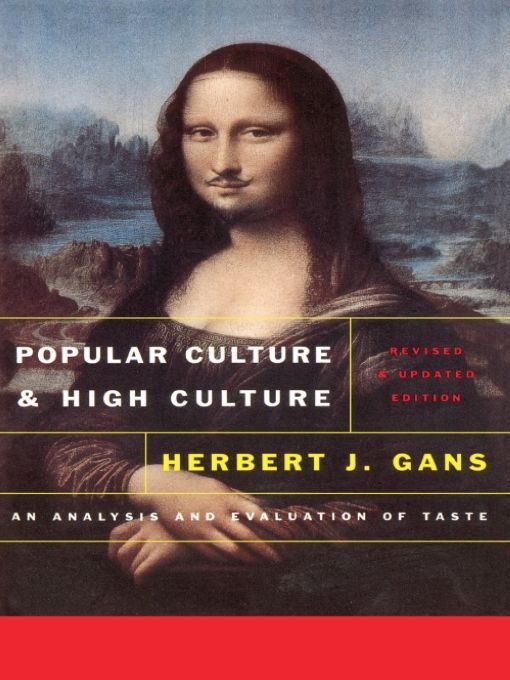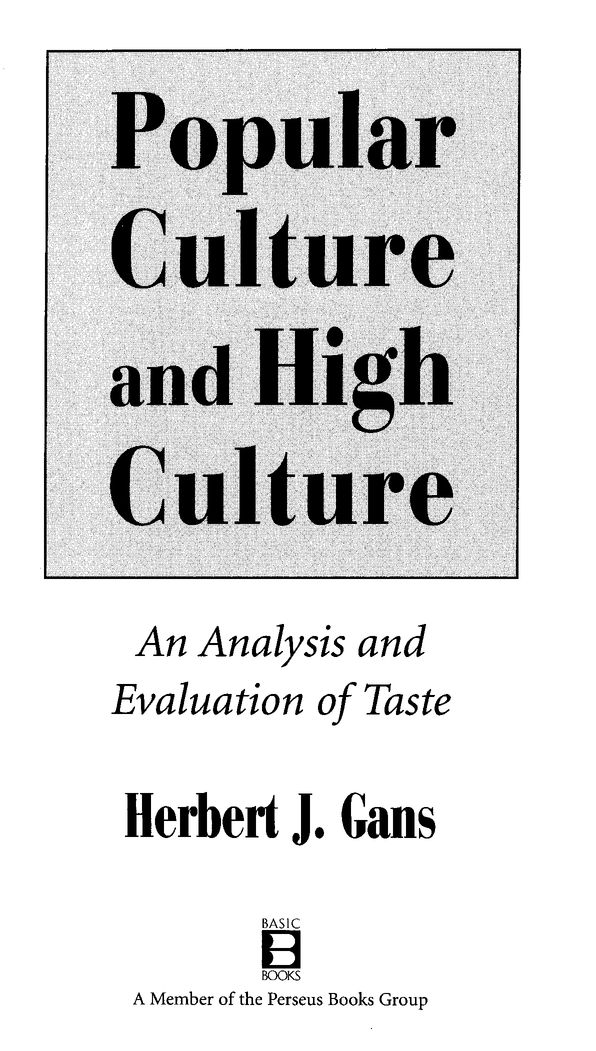Table of Contents
For David Riesman
Preface to the Revised and Updated Edition
THE ADDITIONS to this book are more updates than revisions, for it remains the same sociological study of popular culture and high culture, and of their place in American society, that it was when it was first published in 1974. It is also still a critical study, defending popular culture against some of its attackers, particularly the opponents of cultural democracy.
What has changed, however, is America, which is the prime justification for this edition. For one thing, many writers now question whether the popular culture-high culture distinction still makes sense. The new Introduction argues that it does, because the distinction reflects and expresses, albeit in imperfect fashion, the countrys socioeconomic hierarchy. There is no simple correlation between the higher and lower taste cultures, as I call them, and the higher and lower classes, but what people choose for their arts and entertainment is still influenced by their socioeconomic resources, symbolic as well as material.
The subjects of the book thus continue to be both culture and class. In an era when some social thinkers are so well-off to believe that class is no longer a major relevant concept, the book could thus also be read as an appeal for bringing class back in. Of course, class never left, at least in the real world about which I try to write.
True, the class hierarchy has changed somewhat since this book first appeared, and many old rules about what cultures and tastes are acceptable in each class have been liberalized or abolished. As a result, people are freer to roam across tastes, kinds of culture, and media that were off-limits when there was a bit more prestige in being cultured than there is today. The new Introduction tries to chart the reasons for these new freedoms, as well as the changes in Americas class cultures, in the contemporary situation of high and popular cultures, and in the social as well as political economies in which todays suppliers of culture, commercial and nonprofit, are operating.
The remaining changes in the book take the form of postscripts to its three chapters. The postscript to Chapter One updates the so-called mass culture critique, the elite critiques of popular culture and of the people producing and consuming it. The old critique is dormant, but critics with not altogether different impulses are now raising alarms about a rising tide of dumbing down, as well as of entertainment and infotainment (read: fiction and whatever is currently hot in the movies and on TV). This is said to replace information and reality (read also: the print media, hard news, and, above all, peoples hold on the real world).
The new critiques reflect once more the economically comfortable position of some academics and even freelance writers, although it is hard to imagine that the many people raising families on moderate or lower incomes, or those who are trying to preserve their health from their HMOs, could treat this critique with a straight face.
The postscript to Chapter Two charts some of the specific alterations in the countrys taste cultures that follow from changes in the countrys economy, polity, and class hierarchy. I focus not only on the growth of high culture, and the even more explosive growth of upper-middle culture, but also on such other topics as the effect of the new immigration on low culture, and how the increasing freedom of choice and purchasing power of young people seem to be transforming much of commercial popular culture into a branch of youth culture.
In the postscript to Chapter Three I discuss some of the problems raised for cultural democracy by the changes in America, including the conservative political attacks that have nearly emasculated parts of the National Endowment for the Arts. The postscript and the new edition end with a change of topic, for these days I worry less about culture than about some aspects of the political culture, about citizen democracy more than about cultural democracy.
I have not updated the text of the original book. Consequently, observations remain about events, films, and other specific cultural items of the 1970s or earlier that are no longer quite accurate ; I hope readers will update these on their own. Needless to say, every instance of he in the now quarter-century-old text would be multigendered if I were to rewrite the book.
I have left untouched one of the first editions most outdated statements: that popular culture is not studied much these days. Although it may be overstudied these days, especially by my colleagues in cultural studies, issues like cultural inequality and cultural democracy are still not studied enough, and I hope the new edition reminds some younger and even older culture buffs that these issues are still around.
Some New Acknowledgments
I am grateful to John Donatich and the other officers of the new Basic Books for making a second edition of this book possible, to Tim Bartlett, its editor, and Vanessa Mobley, his assistant, to copy editor Jon Taylor Howard and indexers David Joel and Robie Grant for their work. I apologize to two anonymous reviewers of my prospectus for the new edition who made many good suggestions, almost all of which I had to ignore for reasons of space. My thanks to the various people who helped me with this edition, mostly by answering urgent questions by e-mail. They include Judith Blau, Todd Gitlin, Larry McGill, Richard Peterson, Michael Schudson, Rob Snyder, and others whose names I failed to record. Darren Chilton showed me how to get data and other materials from the Internet, retrieved them when I clicked in the wrong places, and reviewed the New Media section of the Introduction.
I am forever grateful to my wife, Louise, and our son, David, whose critical judgments are often different from mine and therefore keep me on my cultural toes, and to my wife also for her careful review of the new material. I rededicate the book to David Riesman, with whom my discussions have been ongoing for more than a half-century, even if mainly by mail in recent years. All mistakes remain strictly my own.
HJG
June 1999
Preface
THIS BOOK is a sociological study of popular culture and high culture, and of their place in American society It is also a critical study, defending popular culture against some of its attackers, particularly those claiming that only high culture is a culture, and that popular culture is a dangerous mass phenomenon. I believe both to be cultures and my analysis therefore looks at both with the same conceptual apparatus. The apparatus itself is sociological, but it rests on two value judgments: (1) that popular culture reflects and expresses the aesthetic and other wants of many peo ple (thus making it culture and not just commercial menace); and (2) that all people have a right to the culture they prefer, regardless of whether it is high or popular. In its conclusions, the book is thus an argument for cultural democracy and an argument against the idea that only the cultural expert knows what is good for people and for society. Finally, the book is a study in cultural policy, for it ends by translating its values and findings into some policy proposals for more cultural pluralism.
Popular culture is not studied much these days either by social scientists or humanists, except in the pages of the new


